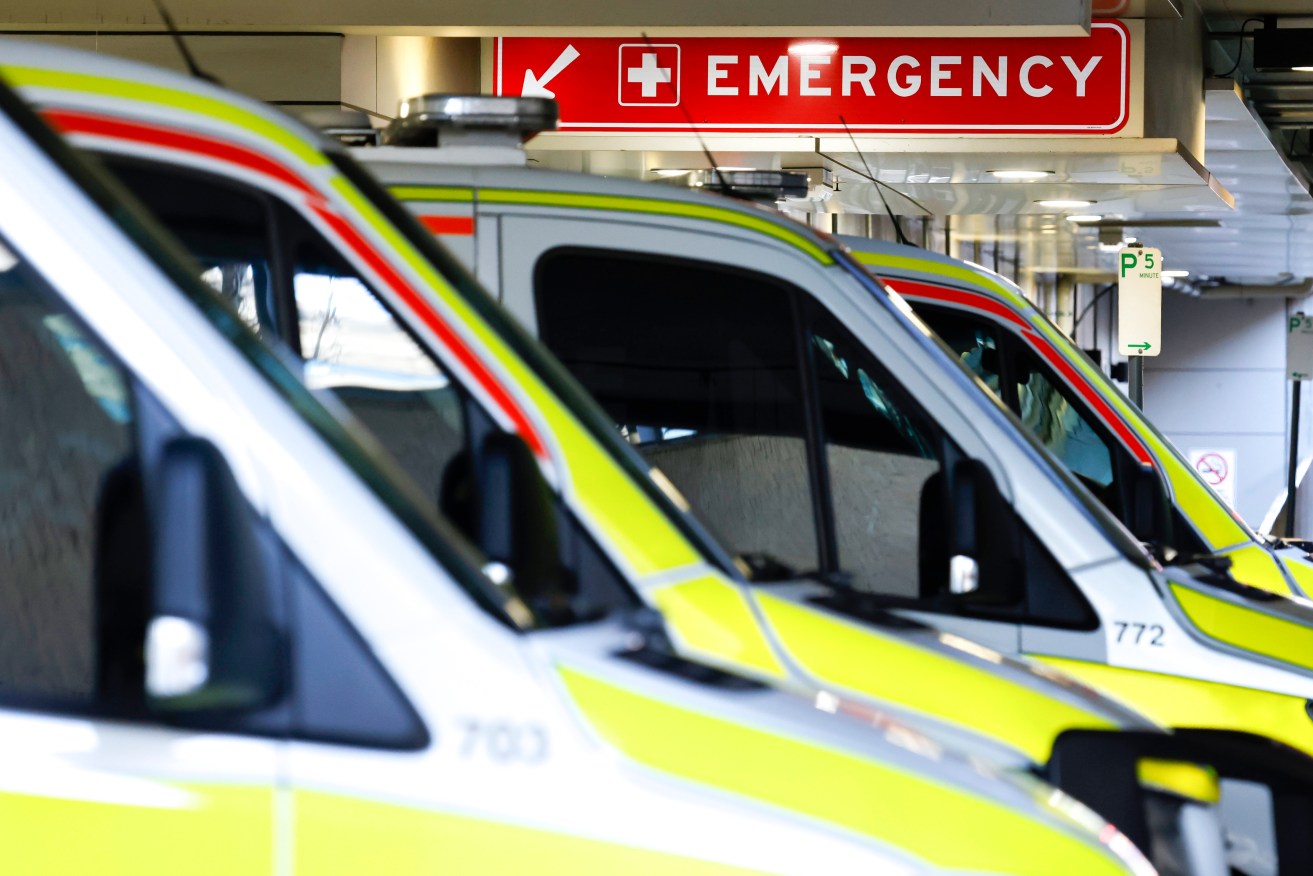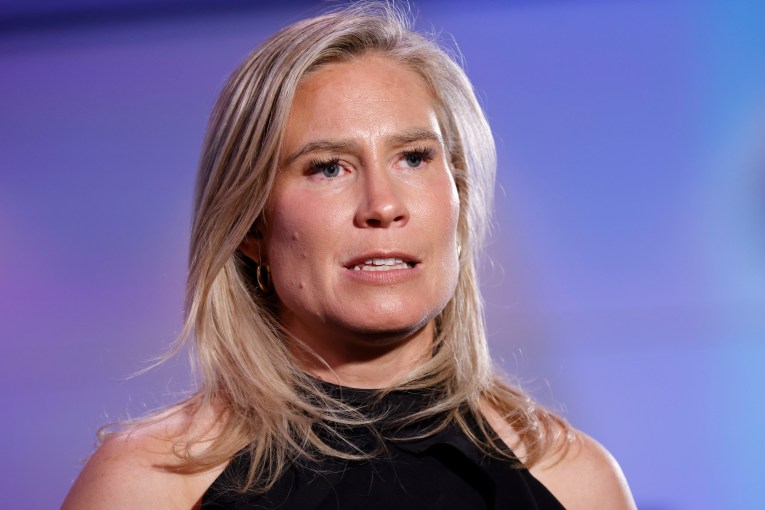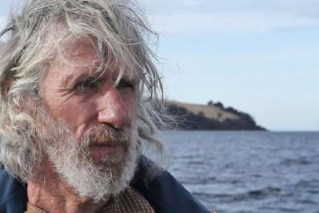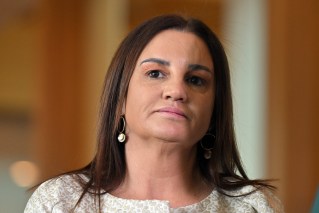The dire diagnosis for rural Tasmanians

A man is dead after a couple were savaged by their dog at their home in southern Tasmania. Photo: AAP
There is a dark expression among some in St Helens, Tasmania: “Don’t have a mental health crisis between 5pm on Friday and 9am on Monday.”
The picturesque fishing town on the state’s northeast coast, known for its sandy shores and turquoise waters, is a desert for anyone in the grips of a mental health crisis.
Those in distress might be taken by police or paramedics two hours west to Launceston General Hospital. If they don’t meet the criteria for admission, they often have to find their own way home.
Despite suicide being among the top-10 causes of death in rural Australia, the Mental Health Council of Tasmania says there are very few services on the island state that operate outside of business hours.
It is one of many critical gaps in Tasmania’s rural health system uncovered during a lengthy parliamentary inquiry, which last month handed down a 276-page report, making 13 recommendations for sweeping change.
The report declared rural residents are “older, sicker and poorer” than those in urban areas. Almost half live with three or more chronic illnesses.
Poor health is underpinned by high rates of poverty and low levels of literacy, wrapped up in complex layers of stigma and shame.
The inquiry heard rural Tasmanians can wait a month to see a doctor, have the highest rate of complete tooth loss in Australia and have very limited access to psychiatric care and drug and alcohol rehabilitation, despite huge demand.
“Unless specific action is taken, health outcomes, including mental health, for Tasmanians living in rural and regional areas are likely to get worse,” wrote the inquiry’s chair, independent state MP Ruth Forrest.
One parent, who requested anonymity at the inquiry, gave evidence of a teenager waiting more than two hours in the rain and hail for an ambulance after breaking his legs in a car accident on their bush property.
“His eyes were rolling back into his head and he was shaking uncontrollably,” the parent wrote.
“His pain was bearable for about the first hour, then the pain became much, much worse, it was very traumatic.”
The inquiry heard rural paramedics operate alone or in a pair, sometimes on-call for 96-hour stretches, and the service is heavily reliant on volunteer officers.
One volunteer said she often used her own car to attend emergencies, Franklin resident Shane Johnson told the committee.
“She is concerned that the system is relying on fewer and fewer people who repeatedly fill the gaps,” Mr Johnson said.
“She described to me one gent who, whenever there’s a gap in the roster, gets off his tractor from the paddock and he comes in and he fills that gap. That’s what the system is being held together by.”
The Tasmanian government has said station upgrades and recruitment drives are under way.
The inquiry recommended deeper engagement with communities on their health needs, changes to Medicare rebates to ensure rural clinics are financially viable and eradication of barriers that stop health professionals working rurally.
Ross Lamplugh, from Ochre Health, which operates more than 60 medical centres around Australia, said one barrier is low pay, which doesn’t recognise the long days and complex work a single doctor will do across a clinic and a local hospital.
The Medicare model rewards quick consultations that are not always possible in a rural setting, where patients with chronic conditions can wait weeks for an appointment, he told AAP.
“Australia is quite happy to pay our miners huge extra dollars to go and work on a remote oil rig, but when it comes to paying doctors more to go to Queenstown or Bourke, we’re not willing to do it,” Dr Lamplugh said.
He said recruitment should also target highly skilled nurse practitioners or physicians’ assistants to ease the burden on rural generalists.
Ben Dodds, president of the Rural Doctors Association of Tasmania, said communities should be at the centre of health planning and innovative thinking.
“The metro-centric models of care don’t work in rural and remote areas because they’re all different in their own way,” he said.
“Services need to deliver something unique to that population, collaborate and share resources where possible.”
The Tasmanian state government is due to formally respond to the inquiry in December, however in its submission it pointed to record levels of health spending in the 2020-21 budget.
It said more than 70 per cent of people living with a mental illness had their needs met by Tasmanian mental health service, above a 63 per cent target.
But the submission also recognised that providing timely access to high-quality services for people living in rural and remote parts of the state was a vital part of a health system that offered safe care for all patients.
Ms Forrest acknowledged the willingness for change but called for direct action.
“Tasmanians living in rural and regional areas deserve better,” she said.
Lifeline 13 11 14
beyondblue 1300 22 4636
– AAP






